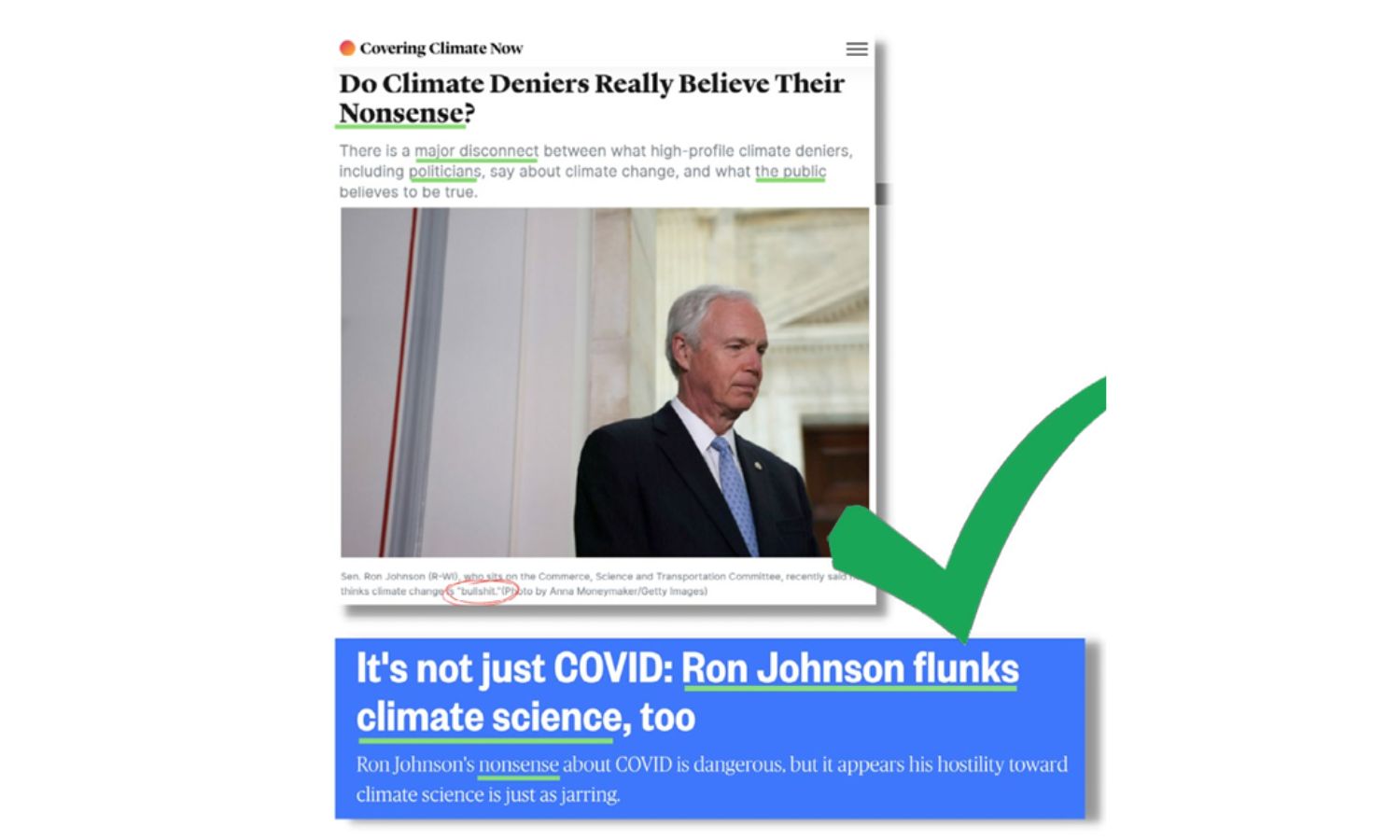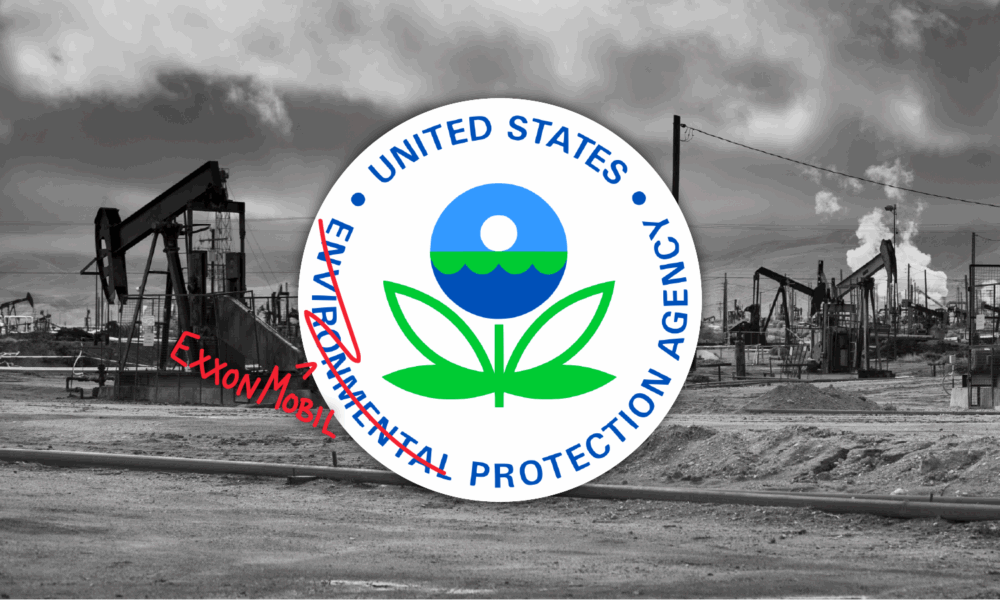On Tuesday, July 29, the EPA released the draft of a proposed rule to roll back the Endangerment Finding, “the agency’s 2009 foundational scientific finding that global warming pollution endangers public health and the environment.” In conjunction, the Department of Energy released a “climate report” that in 150 pages knits together a tangle of self-contradictory, disinforming, and science-denying claims into one ugly, itchy sweater.
Right now, UCS has opportunities for everyone to act against this proposed rule. If you’re a climate scientist, economist, or expert in medicine or public health, please join our sign-on letter in support of the Endangerment Finding.
If you aren’t included in that list, please respond to the EPA directly using the federal register. Every voice matters in this moment. The federal register docket closes for comments on September 15.
The call is coming from inside the (White) House
Now that the Trump administration is threatening to make climate disinformation the basis of US climate policy, it’s a good time for scientists and science-lovers to be aware of how to take on the strategy, not just the technical flaws (of which there are many) in the report. Many climate scientists are responding powerfully and strategically, including by pointing out how their own research is being misused: see for instance stories from Science, CNN, and Wired. Climate scientists have learned painfully over many years how to handle disinformation, and I find it uplifting to see them use that knowledge so skillfully.
When responding to disinformation, it’s useful to remember that climate lies persist because the fossil fuel industry pays for them to persist through its web of “think tanks” and academic centers, front (or “astroturf”) groups, greenwashing, and donations to politicians. The industry pays because it profits mightily and gains power from its investment. At this point, all three branches of the US federal government are enacting Big Oil’s agenda.
As my colleague Delta Merner wrote in her recent blogpost, according to an advisory opinion from the International Court of Justice, “All governments [emphasis added] are obligated to protect the climate system by regulating activities within their jurisdiction, including those from private companies like fossil fuel producers.” This remains true of the United States, the world’s largest historical emitter of carbon pollution and still one of the top emitting countries.
The scientists I’m watching know that just because the disinformation is coming from the president or the mouths of Cabinet members doesn’t mean we should respond differently than when it comes from the pens of unhinged idiots on social media. Quite the contrary—best practices still apply.
Don’ts and Dos
As US-based scientists and science-supporting advocates, we have an important role to play worldwide when we stand up to our own government’s climate propaganda. Toward that end, UCS recommends following these practices.
Don’ts:
- Don’t debunk disinformation claim by claim. Rather, see and characterize the whole effort for what it is: yet another attempt to deny science, deceive the public, and delay crucial action.
- Don’t link to disinformation directly, unless it’s absolutely necessary. If you can avoid doing so, you avoid boosting traffic to the source’s site. Instead, link to an effective response or an archived version.
This can be true even when (especially when) the disinformation is on an official US government website. But if you’re planning to submit comments to the federal register (and I hope you are), you do have to go to a .gov site to do so. - Don’t restate the false claims. Instead, reframe the narrative with accurate context and evidence, as in the image below.

Dos:
- Do spend some time learning how to counter disinformation. This 23-minute video gives a thorough grounding in what disinformation is, why it’s done, how it works, and effective strategies to take it on.
- Do open the disinformation playbook. Put your communications within the context of bad corporate and other actors using disinformation to further their goals and undermine public health and well-being.
- Do connect the dots. If you can, show how someone is profiting by lying about climate change science or solutions, through evidence of fossil fuel funding.
- Do spread the word on how the Trump administration is undermining public understanding of climate change science, rolling back climate protections, and causing good information to disappear from our government’s websites. That’s why, in this blogpost, I link to Internet Archive versions of webpages currently available from EPA and NOAA sites, in case they too go down the memory hole. You can learn whether a webpage has already been archived, or archive your own snapshots of pages, here.
- Do take heart, keep faith, and tell the truth (in a truth sandwich). The American public get it and we can hold our elected officials accountable right now, while they’re home for August recess.
- Do remember to act. Again, if you’re a climate scientist, economist, or expert in medicine or public health, please join our sign-on letter in support of the Endangerment Finding. And if you’re not, please respond directly to the federal register.

